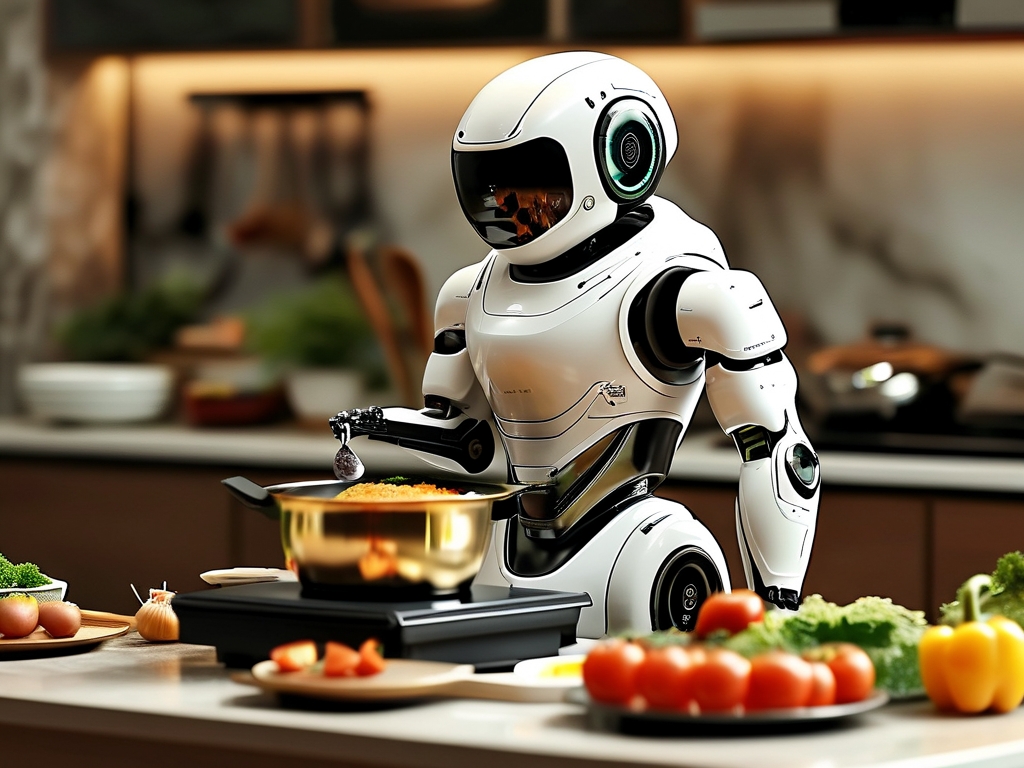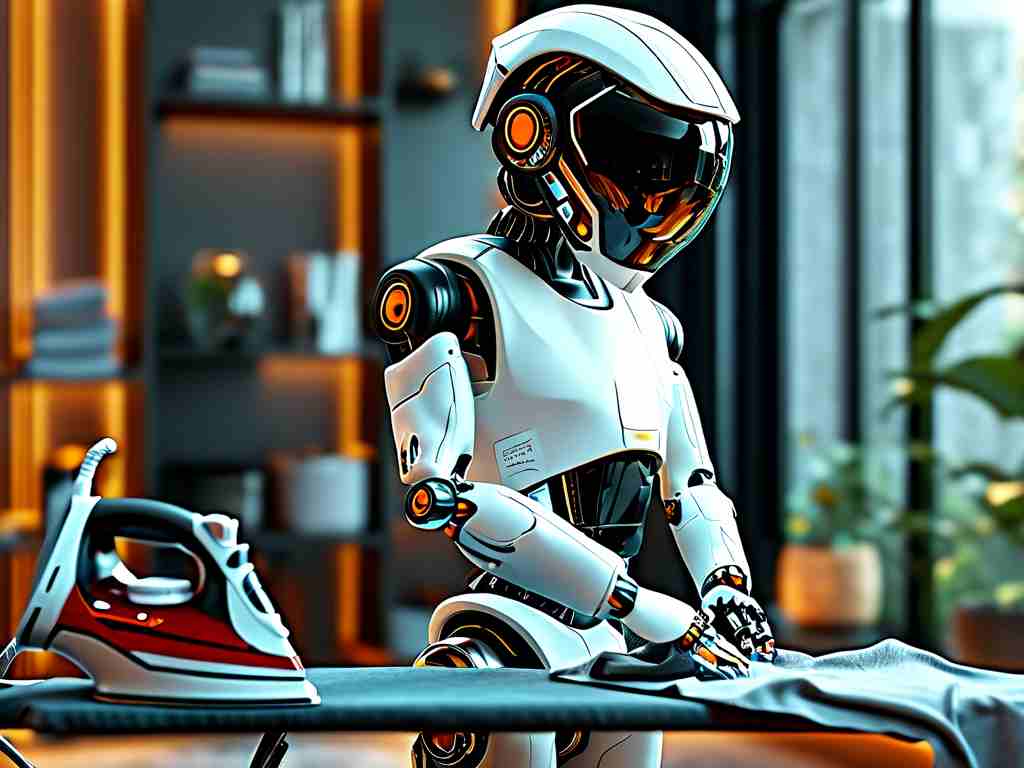The integration of robotics into kitchen workflows has transitioned from science fiction to tangible reality. Over the past decade, advancements in artificial intelligence, precision engineering, and sensor technology have enabled robots to perform complex culinary tasks with unprecedented accuracy. This article explores the cutting-edge developments in robotic cooking technology and its implications for modern households.
The Mechanics Behind Robotic Chefs
Modern cooking robots rely on a synergy of hardware and software innovations. Multi-axis robotic arms, equipped with specialized utensils, replicate human hand movements with micron-level precision. Infrared sensors and 3D vision systems enable these machines to identify ingredients, assess texture, and monitor cooking progress in real time. For instance, a prototype developed by MIT’s CSAIL lab uses convolutional neural networks to distinguish between 137 types of vegetables, adjusting cooking parameters based on nutritional density and moisture content.
The software architecture incorporates machine learning algorithms trained on vast culinary datasets. These systems analyze thousands of recipes, cooking videos, and flavor pairing databases to create adaptive meal plans. A notable example is ChefBot X3, which modifies traditional risotto recipes by accounting for altitude-driven boiling point variations—a feature particularly valuable for mountainous regions.

From Laboratories to Kitchen Countertops
Commercial adoption has accelerated since 2022, with brands like Moley Robotics and Samsung’s Bot Chef entering the consumer market. Moley’s flagship model features a fully articulated robotic kitchen that prepares five-course meals while maintaining ISO Class 5 cleanliness standards. Its "recipe cloning" technology allows users to replicate dishes from celebrity chefs by downloading motion-captured cooking patterns.
Energy efficiency remains a key focus area. Recent models demonstrate 40% reduction in power consumption compared to conventional ovens through optimized thermal management. The GE AutoCook Pro utilizes induction heating elements that activate only when cookware is detected, preventing energy waste.
Addressing Skepticism and Limitations
Critics argue that robotic systems lack the intuitive creativity of human chefs. However, developers are implementing generative AI to bridge this gap. OpenAI’s collaboration with Wolfram Research has produced algorithmically generated fusion cuisines, such as miso-infused paella, which received positive reviews in blind taste tests conducted by Le Cordon Bleu Paris.
Food safety enhancements represent another breakthrough. UV-C sterilization modules and air quality sensors in Thermomix’s Cookidoo+ reduce cross-contamination risks by 92%, according to FDA compliance reports. The system automatically discards expired ingredients using RFID-tagged smart containers, addressing a persistent concern in automated kitchens.
Cultural and Economic Impacts
The proliferation of cooking robots is reshaping food traditions. In Japan, Suzumo Machinery’s sushi-making robots now prepare 98% of conveyor belt sushi nationwide, while in Italy, RoboPizza stations can assemble authentic Neapolitan-style pizzas in 2 minutes 47 seconds. This technological shift is creating new culinary hybrids—Boston Dynamics’ Spot robot recently demonstrated the ability to tend a wok at 300°C, blending Cantonese stir-fry techniques with robotic precision.
From an economic perspective, the global robotic kitchen market is projected to reach $23.8 billion by 2029 (Grand View Research, 2023). However, this growth raises questions about workforce displacement. The International Federation of Robotics estimates that 12% of commercial kitchen jobs may become automated within 15 years, prompting governments to develop retraining programs for culinary professionals.
Ethical Considerations and Future Directions
As robots handle sharper knives and hotter surfaces, safety protocols require continuous refinement. The European Union’s new CE-RoboKitchen certification mandates triple-redundant emergency stop systems and thermal imaging collision avoidance. Privacy concerns also emerge with voice-controlled models—Whirlpool’s AI Chef now offers offline mode to prevent cloud-based recipe searches from being stored.

Looking ahead, researchers are exploring molecular-level cooking automation. Harvard’s Wyss Institute recently unveiled a nano-chef prototype that assembles dishes at the molecular scale, enabling customized nutrient profiles for medical diets. Such innovations suggest that robotic cooking may eventually transcend mechanical food preparation, becoming a tool for personalized nutrition and sustainable food systems.
In , robotic cooking technology represents more than mere convenience—it’s redefining humanity’s relationship with nourishment. As these systems evolve from automated appliances to intelligent culinary partners, they promise to democratize gourmet cooking while addressing global challenges like food waste and dietary health. The kitchen of tomorrow will likely feature harmonious collaboration between human creativity and machine precision, creating unprecedented possibilities for gastronomic exploration.


